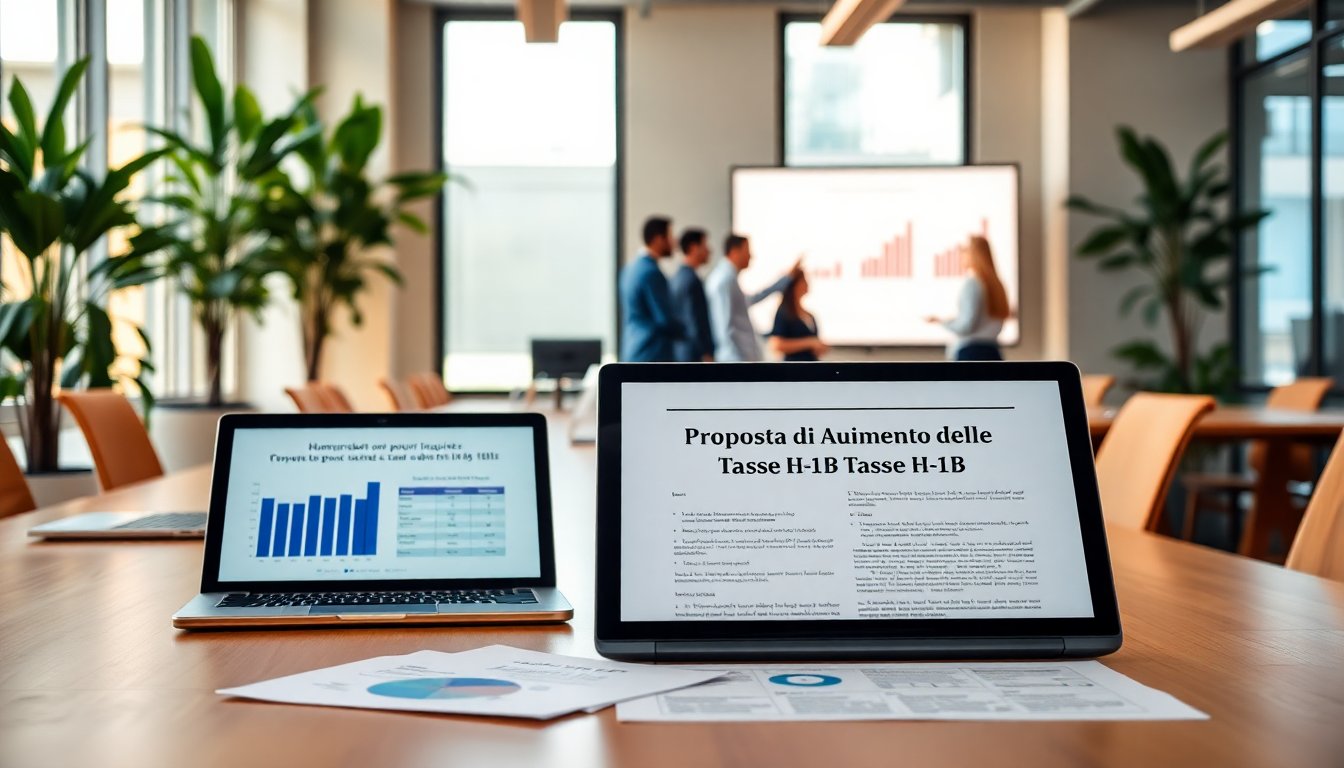Table of Contents
In a significant development concerning foreign skilled labor in the United States, President Donald Trump has enacted a proclamation instituting a new annual fee of $100,000 for applications under the H-1B visa program. This initiative reflects ongoing efforts to reevaluate the program, which has drawn increasing criticism during the current administration.
Commerce Secretary Howard Lutnick stated that this substantial fee will be uniformly applied to large companies, which are the primary users of the H-1B visa system. Originally intended to attract top international talent to address shortages in specialized sectors, the program has faced scrutiny for inadvertently enabling an influx of workers willing to accept lower wages.
Understanding the H-1B Visa Program
The H-1B visa program was established in 1990, targeting individuals with a minimum of a bachelor’s degree in specialized fields, particularly science, technology, engineering, and mathematics (STEM). Critics argue that many of these visas are granted for entry-level positions, allowing companies to offer lower salaries despite hiring qualified professionals.
Historically, approximately 85,000 visas are issued each year, often through a lottery system. In the most recent cycle, companies such as Amazon emerged as leading recipients, securing over 10,000 H-1B visas. Other notable companies, including Tata Consultancy, Microsoft, Apple, and Google, followed closely behind.
Concerns Over Wage Disparities
Critics of the H-1B program contend that it enables firms to offer salaries significantly below the average compensation for U.S. technology workers, which typically exceeds $100,000. By categorizing roles at lower skill levels, companies can justify lower wages, even when hiring highly qualified individuals. This trend has led many U.S. firms to outsource functions such as programming and support services to consulting firms, effectively reducing labor costs.
New Visa Options and Financial Contributions
Alongside the new fee structure, President Trump introduced a proposal for a new category of visas, referred to as the “Trump Gold Card.” This visa would require not only a processing fee but also a substantial financial contribution of $1 million, following a thorough vetting process. For businesses, the requirement increases to $2 million.
Additionally, the proposed “Trump Platinum Card” entails an even higher contribution of $5 million and allows foreign nationals to stay in the U.S. for up to 270 days without incurring U.S. taxes on income earned outside the country. This represents a shift towards a more investment-oriented immigration strategy.
Historical Context and Future Implications
The H-1B visa program was initially created to address high-skill job vacancies. However, there is a growing sentiment that it has evolved into a mechanism that undermines wage standards and labor protections. Doug Rand, a former director at U.S. Citizenship and Immigration Services, noted that a significant number of visas are allocated to staffing agencies rather than traditional employers, highlighting systemic issues within the program.
In recent years, efforts to reform the lottery system have been initiated, particularly in response to perceived exploitation and manipulation of the application process. This year, a 40% drop in lottery applications was reported, attributed to increased scrutiny of fraudulent practices.
While adjustments to the lottery process have been welcomed, labor organizations such as the AFL-CIO argue that more comprehensive reforms are essential. They advocate for the allocation of visas based on the highest wages offered by employers, rather than relying on a random selection process—an approach that Trump had previously supported during his term.


